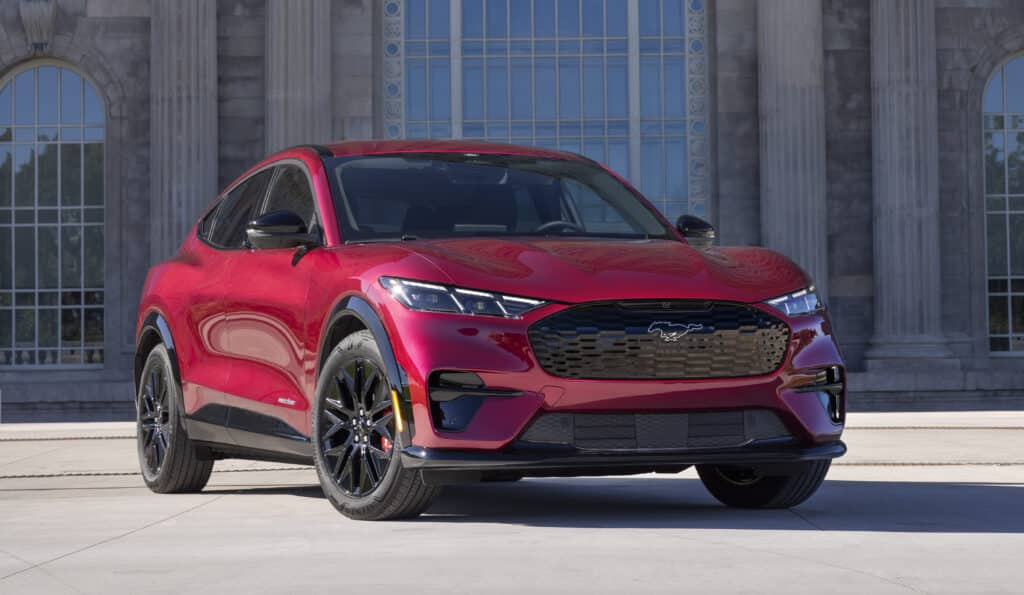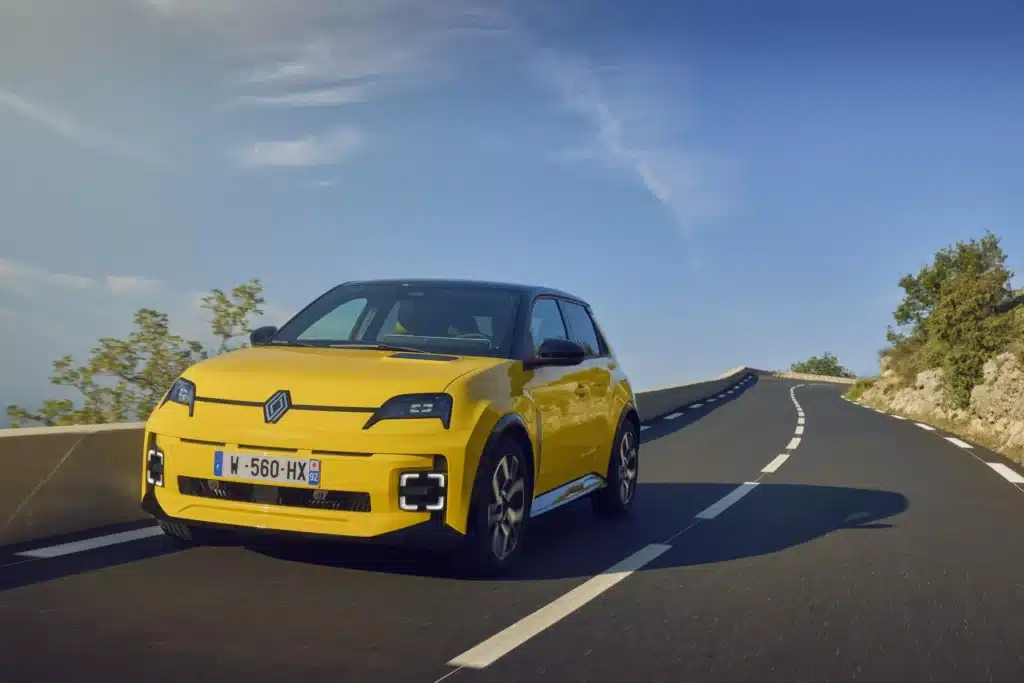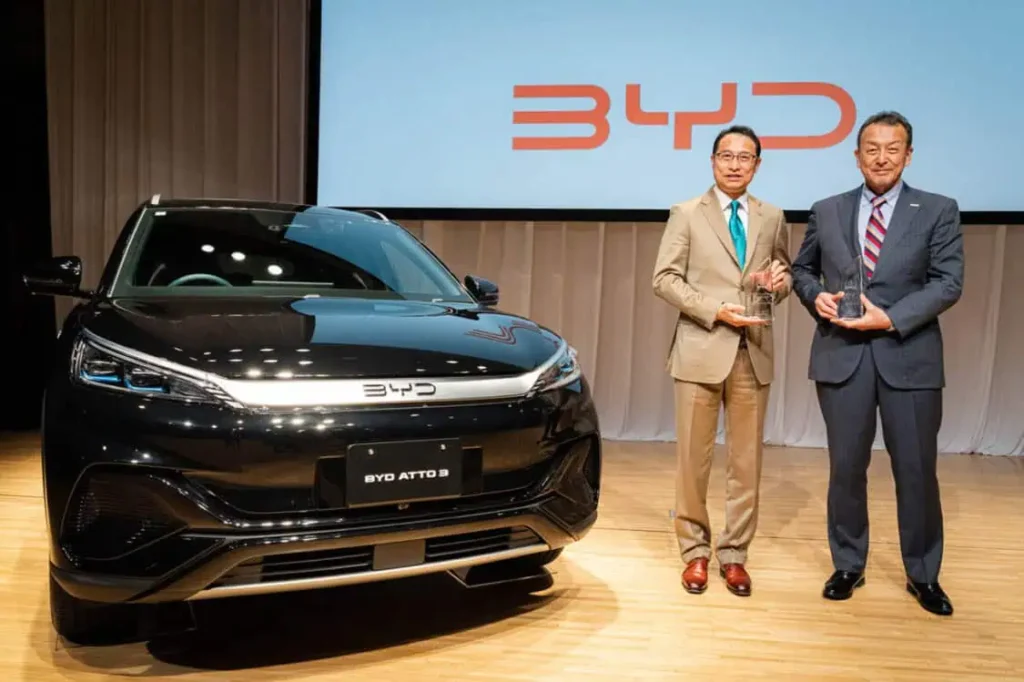EV Sales Rise 30% Globally in September
In 2024, the electric vehicle market continues to grow, setting another record for global sales. BloombergNEF (BNEF) projects that sales of EVs, which include both battery-electric and plug-in hybrid vehicles, will reach 16.7 million units this year, up from 13.9 million in 2023. While growth rates have slowed compared to the rapid expansions of previous years, the increase reflects steady progress in the transition to electrified transportation. This upward trend highlights the sustained interest in EVs, driven by factors such as supportive policies, expanding charging networks, and a wider variety of models available to consumers. The market’s evolution underscores the growing role of EVs in reshaping the automotive industry.
US EV Sales Grow in September, Over One Million Sold in First Nine Months of 2024
Cumulatively, over one million light-duty EVs have been purchased in the U.S. through the first nine months of 2024, solidifying the sector’s upward trajectory. These figures highlight the growing appeal of EVs among American consumers and the expanding role of established automakers like GM in accelerating the transition to electrification.
According to the latest counts by Cox Automotive, an estimated 346,3091 EVs were sold in Q3 2024 in the US, a 5% increase from the second quarter. The electric vehicle share of sales in Q3 hit 8.9%, the highest level recorded and an increase from 7.8% in Q3 2023.
GM surges past 300,000 EVs Sold in the U.S.
General Motors (GM) has achieved a remarkable milestone in its electric vehicle (EV) journey, surpassing 300,000 EVs sold in the U.S. since 2016, with more than 370,000 sold across North America. This accomplishment solidifies GM’s position as the number two seller of EVs in the U.S. during the third quarter of 2024.
GM’s growing portfolio of EVs is designed to cater to a wide range of drivers, offering everything from the luxurious Cadillac LYRIQ and the bold GMC HUMMER EV to the versatile Chevy Silverado EV and the affordable Chevy Equinox EV. This approach reflects the company’s commitment to making EV adoption accessible and appealing to all.
In the third quarter of 2024, GM set a new record for EV sales, delivering over 32,000 all-electric vehicles in the U.S. This achievement marked a 46% increase compared to the previous quarter and a 60% improvement year-over-year, showcasing the success of GM’s strategy to lead the transition to a more sustainable future.

Global EV Sales Rose 30% in September
Global EV sales continue to show robust growth, with a 26% increase in the first half of this year and a preliminary 30% rise in September. While these numbers reflect a healthy trajectory, the pace has slowed compared to the 33% growth seen in 2022 and the remarkable 60% surge in 2021. This deceleration indicates a maturing market as EV adoption expands worldwide.
Regional variations highlight some contrasting trends. In countries like Japan and Germany, EV sales have not only slowed but have declined outright. Germany, in particular, experienced a dramatic 61% drop in EV sales in August. However, this sharp decline is largely attributed to a pull-forward effect from the previous year, when buyers rushed to take advantage of subsidies before they were reduced. As a result, the year-over-year comparison is skewed, masking the underlying demand for EVs.
These shifts reflect broader market dynamics. As EV adoption becomes more widespread, growth rates naturally moderate due to a larger base of existing sales. Policy changes, such as the adjustment of subsidies in Germany, also contribute to temporary volatility in sales figures. In Japan, the continued dominance of hybrid vehicles presents a different challenge, slowing the transition to full EVs.
Despite these fluctuations, the global EV market remains on an upward trajectory. Advancements in technology, rising consumer interest, and sustained government support for clean transportation are expected to drive continued expansion in the years ahead.

The current state of EV demand in Europe reflects a complex interplay of regulatory incentives, market strategy, and pricing challenges. Automakers are strategically delaying the launch of more affordable EV models until 2025, aligning with the next tightening of EU-wide CO2 emissions targets. This mirrors the pattern seen in 2019 when a slowdown in EV sales was followed by a surge in 2020 as stricter standards took effect, pushing manufacturers to ramp up EV offerings to meet compliance.
In anticipation of the 2025 regulations, automakers are gearing up to introduce accessible models like the Renault 5, Hyundai Inster, Fiat Grande Panda, Skoda Epiq, and VW ID2.all. These vehicles are expected to address affordability issues that have hampered broader adoption. However, current pricing strategies remain a significant barrier. For instance, the Fiat 500e commands a nearly €12,000 premium over its internal combustion engine counterpart, despite only having about €3,000 worth of batteries. With the standard Fiat 500 priced under €19,000, the 500e’s cost represents over a 60% markup, a tough sell for mass-market consumers.
This pricing disparity reflects manufacturers’ efforts to recover the high development costs of dedicated EV platforms across relatively low sales volumes. While this approach may sustain profitability in the short term, it limits EV adoption among cost-conscious buyers, delaying the transition to electric mobility for the mainstream market. As more affordable models come online in 2025, bolstered by regulatory pressures, Europe is likely to see a significant shift in demand dynamics, potentially replicating the post-2019 surge in EV sales.
EV sales in Europe are growing, with notable increases in countries like Belgium, Denmark, Italy, Norway, and Portugal, which each saw around 30% year-over-year growth in September, and even more dramatic jumps in Hungary, the Netherlands, and Spain, where growth exceeded 50%. However, the German market—traditionally Europe’s largest—has slowed significantly, becoming a drag on the region’s overall EV performance. In September alone, German EV registrations dropped by 28.6%, which is concerning for an industry so central to Germany’s economy.

China Continues Rapid EV Growth
China remains the dominant force in the global EV market, accounting for 60% of all plug-in vehicles sold globally this year. The domestic EV market is particularly dynamic, with EVs making up over half of all new car sales. September alone saw a nearly 50% jump in sales, underscoring the country’s role as the world leader in EV adoption. However, this rapid expansion is not evenly distributed across drivetrain types, which adds nuance to the global EV growth narrative.
A significant portion of the growth in China has been driven by plug-in hybrids (PHEVs) and range-extended EVs rather than the battery-electric vehicles (BEVs) that have traditionally fueled market growth. So far this year, retail BEV sales in China have increased by 18%, while total plug-in vehicle sales, including PHEVs, have grown by 37%. This divergence highlights a shift in consumer preferences and underscores the role of PHEVs as a transitional technology in the Chinese market.
This trend is pivotal to understanding the broader EV slowdown narrative. While global BEV sales are still increasing, their growth is lagging behind that of plug-in hybrids, primarily due to trends in China. The rise of PHEVs and range-extended EVs reflects a more complex growth landscape than in previous years when BEVs were the clear leaders. As these dynamics continue to evolve, they will shape the trajectory of the global EV market and influence automakers’ strategies worldwide.
EV Adoption Moving Forward Steadily
EV adoption in the U.S. is advancing steadily, albeit at a slower pace than in Europe and China. The third quarter of this year marked a milestone, with approximately 390,000 EVs sold and a market share of around 9%. This growth reflects increasing consumer interest, driven by strong performances from automakers like GM and Hyundai Group, along with the introduction of new models like the Honda Prologue.
Globally, the picture is one of growth tempered by moderation. While EV sales growth is slowing compared to earlier explosive years, the absolute volumes continue to climb, with EVs projected to account for 20% of global vehicle sales in 2024. This balance of slowing growth rates and rising volumes highlights a maturing market, where steady progress continues to expand EV adoption despite regional variations and underlying challenges.
The narrative is clear: even as the pace of growth decelerates, the transition to electric mobility remains firmly on track, underscoring the need to look beyond headline figures and understand the deeper market dynamics.
America’s EV Revolution Will Continue to Thrive Despite 2025’s Challenges
The rapid evolution of EV technologies, combined with market, regulatory, and political shifts, has created a landscape in 2024 where adaptation has become paramount for companies in the EV and EV charging industries. 2025 will bring new turbulence, shaped by recent elections and ongoing trade tensions, presenting both promising opportunities and significant challenges for EV adoption in America.
EVinfo.net expects EV growth to continue, despite any cuts by the incoming administration to EV incentives and subsidies. We believe private investment will increase instead of decreasing. Cutting the incentives and subsidies will create an initial shock, and likely a decrease in EV sales growth. However, these sales will bounce back up, most likely by the end of 2025.

Electric Vehicle Marketing Consultant, Writer and Editor. Publisher EVinfo.net.
Services